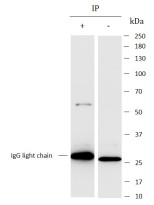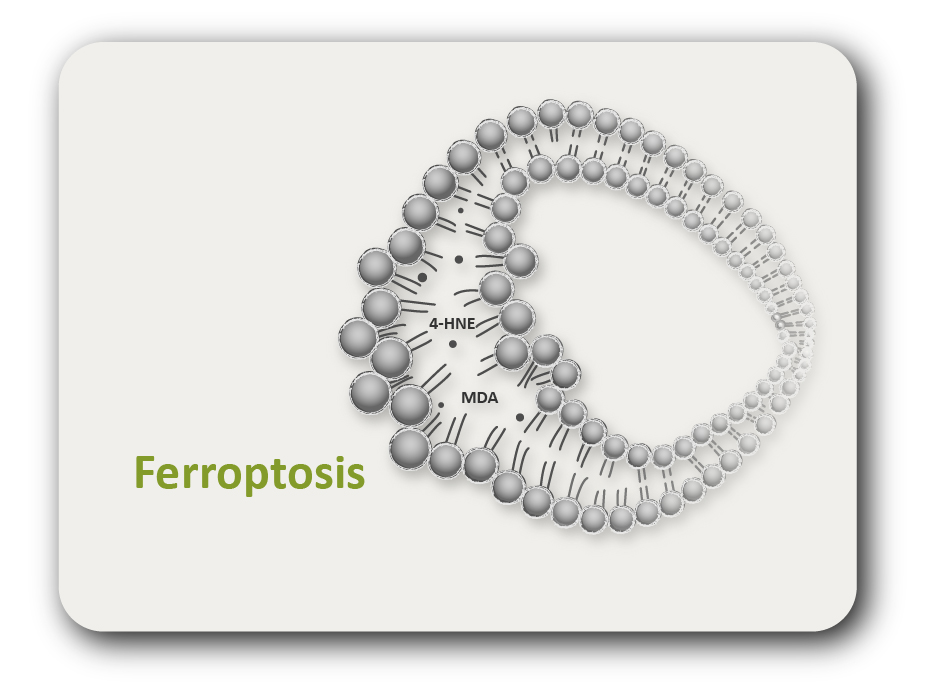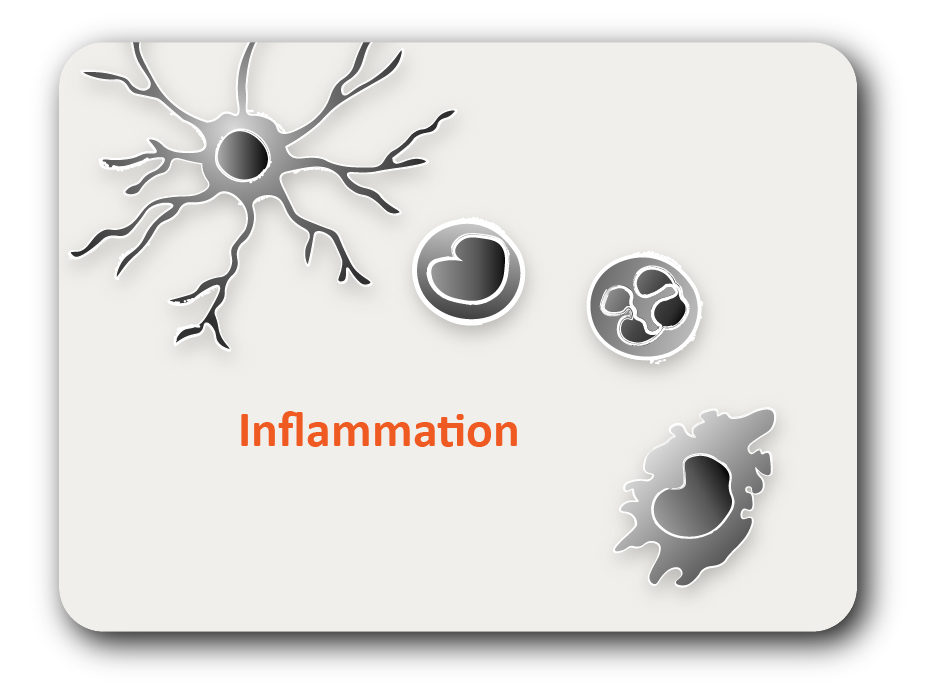ARG44760
anti-TRIM5 antibody
anti-TRIM5 antibody for Immunoprecipitation,Western blot and Human
概述
| 产品描述 | Mouse Monoclonal antibody recognizes TRIM5 |
|---|---|
| 反应物种 | Hu |
| 应用 | IP, WB |
| 宿主 | Mouse |
| 克隆 | Monoclonal |
| 同位型 | IgG1 |
| 靶点名称 | TRIM5 |
| 抗原物种 | Human |
| 偶联标记 | Un-conjugated |
| 別名 | TRIM5; Tripartite Motif Containing 5; RNF88; TRIM5alpha; RING-Type E3 Ubiquitin Transferase TRIM5; Tripartite Motif-Containing Protein 5; Tripartite Motif Protein TRIM5; Tripartite Motif-Containing Protein 5 Alpha; Tripartite Motif Protein TRIM; Tripartite Motif-Containing 5; Ring Finger Protein 88; RING Finger Protein 88 |
应用说明
| 应用建议 |
|
||||||
|---|---|---|---|---|---|---|---|
| 应用说明 | * The dilutions indicate recommended starting dilutions and the optimal dilutions or concentrations should be determined by the scientist. |
属性
| 形式 | Liquid |
|---|---|
| 纯化 | Protein A purification |
| 缓冲液 | PBS with 0.09% sodium azide |
| 存放说明 | For continuous use, store undiluted antibody at 2-8°C for up to a week. For long-term storage, aliquot and store at -20°C or below. Storage in frost free freezers is not recommended. Avoid repeated freeze/thaw cycles. Suggest spin the vial prior to opening. The antibody solution should be gently mixed before use. |
| 注意事项 | For laboratory research only, not for drug, diagnostic or other use. |
生物信息
| 数据库连接 |
Swiss-port # Q9C035 Human Tripartite motif-containing protein 5 |
|---|---|
| 基因名称 | TRIM5 |
| 全名 | Tripartite Motif Containing 5 |
| 背景介绍 | The protein encoded by this gene is a member of the tripartite motif (TRIM) family. The TRIM motif includes three zinc-binding domains, a RING, a B-box type 1 and a B-box type 2, and a coiled-coil region. The protein forms homo-oligomers via the coilel-coil region and localizes to cytoplasmic bodies. It appears to function as a E3 ubiquitin-ligase and ubiqutinates itself to regulate its subcellular localization. It may play a role in retroviral restriction. Multiple alternatively spliced transcript variants encoding different isoforms have been described for this gene. |
| 生物功能 | Capsid-specific restriction factor that prevents infection from non-host-adapted retroviruses. Blocks viral replication early in the life cycle, after viral entry but before reverse transcription. In addition to acting as a capsid-specific restriction factor, also acts as a pattern recognition receptor that activates innate immune signaling in response to the retroviral capsid lattice. Binding to the viral capsid triggers its E3 ubiquitin ligase activity, and in concert with the heterodimeric ubiquitin conjugating enzyme complex UBE2V1-UBE2N (also known as UBC13-UEV1A complex) generates 'Lys-63'-linked polyubiquitin chains, which in turn are catalysts in the autophosphorylation of the MAP3K7/TAK1 complex (includes TAK1, TAB2, and TAB3). Activation of the MAP3K7/TAK1 complex by autophosphorylation results in the induction and expression of NF-kappa-B and MAPK-responsive inflammatory genes, thereby leading to an innate immune response in the infected cell. Restricts infection by N-tropic murine leukemia virus (N-MLV), equine infectious anemia virus (EIAV), simian immunodeficiency virus of macaques (SIVmac), feline immunodeficiency virus (FIV), and bovine immunodeficiency virus (BIV). |
| 细胞定位 | Cytoplasm, Nucleus |
| 预测分子量 | 56(alpha), 35(gamma), 33(delta), kDa |
| 翻译后修饰 | Acetylation, Phosphoprotein, Ubl conjugation |
检测图片 (2) Click the Picture to Zoom In







